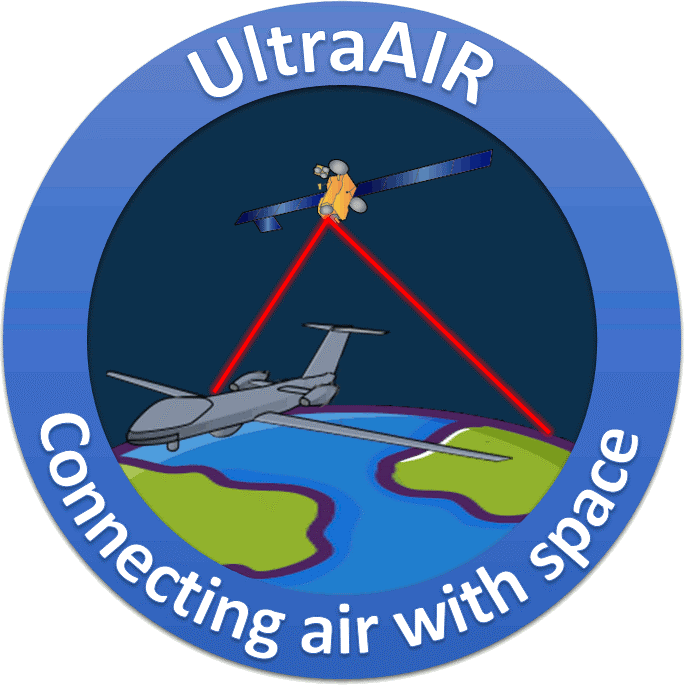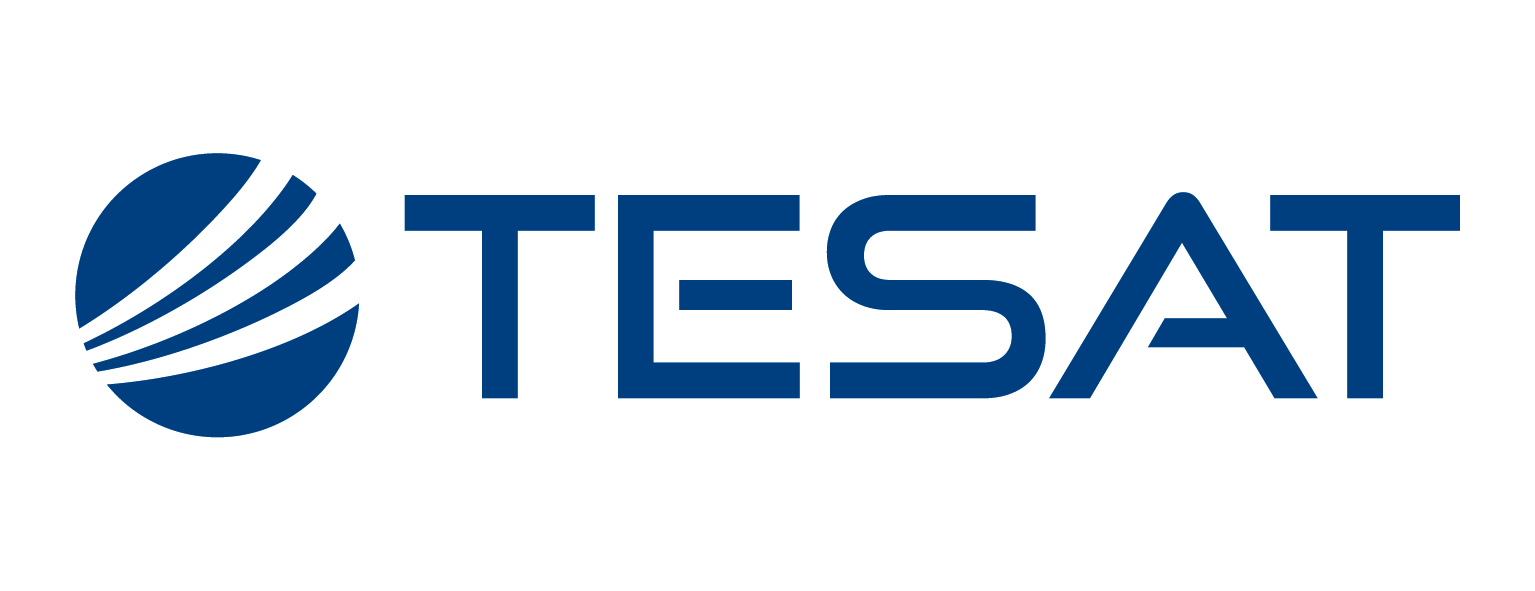
-
StatusOngoing
-
Status date2021-05-20
-
Activity Code6B.082
The primary objectives of the project are:
- The development of technology for air-to-GEO laser communications, namely:
- Vibration isolation and active compensation
- Compensation of the dynamics of the aircraft (roll, pitch and yaw movements)
- Accurate open-loop pointing in flight, sufficient to perform spatial link acquisition
- Establishing communication links through a channel disturbed by the atmosphere and airflow around the aircraft
- The integration and alignment of the UltraAir technology demonstrator
- Demonstrating in a laboratory environment that the abovementioned technologies have been developed successfully and that the UltraAir technology demonstrator can progress to the next phase 1A-2 where feasibility of the technology will be demonstrated during a Ground to Space test campaign and a flight test campaign.
Although it is not yet part of this UltraAir project scope there is an important aspect of this terminal: Once the feasibility has been demonstrated as mentioned above, the terminal shall be used to collect data on atmospheric conditions over a range of geographic locations. This data is a prerequisite to validate and tune atmospheric and turbulence models used to predict the availability of optical communication links from ground, air and sea to GEO. It is also crucial input to the system design for a later operational service.

Establishing high data rate free-space laser communications links over large distances (40’000 km) from an aircraft offers unique challenges:
- Harsh dynamic environment, characterised by vibration and roll, pitch and yaw movements
- A combination of atmospheric disturbance and aerodynamic turbulence around the aircraft
- At the same time stringent pointing requirements, due to the narrow laser beam
A later product will in addition require small size, weight and power (SWAP). Furthermore, strict EASA certification requirements are to be met.
The UltraAir Airborne Laser Communications Terminal will be able to deliver service with unprecedented capabilities such as:
- High data rate communications (>1.8Gbps) and highly resilient laser comms link for regular offload of large sensor suites
- Secure Communications thanks to low beam divergence providing Low Probability of Detection and Interception, and intrinsic Anti-jamming characteristics
- No RF radiation, overcoming spectrum congestion
- Enabler for SpaceDataHighway End-to-End services, providing:
- GEO-GEO laser crosslink to backhaul user data
- Security concept useful to governmental users:
- Possibility to transfer laser terminal control to such users
- Use of National-eyes-only user ground stations
The Product features are:
- Uplink data rate of more than 1800 Mbps
- Coarse/fine pointing mechanisms
- Tracking sensors and controller to compensate aircraft dynamics
- Interoperability with onboard Flight Management System (FMS) and Inertial Navigation System (INS)
- Laser subsystem (seed laser, modulator, amplifier)
- Data electronics (coding, forward error correction)
- Operator console (optional)
The UltraAir terminal demonstrator consists of an optical head and several small electronics racks carrying mainly COTS equipment.
The core of the system – the optical head – is a bespoke design consisting of an optical base plate with all the necessary optical hardware. This base plate is mechanically isolated from vibrations and also hosts the inertial navigation system.
The optical hardware features a coarse pointing mirror, a telescope and the core optics, housing the fine pointing mechanisms, tracking sensors, Tx collimator and a calibration unit.
The complete UltraAir terminal is located inside the passenger cabin of a small business jet as a cost-effective approach for the demonstration. One of the passenger windows is replaced with a window of optical quality through which the terminal communicates with TDP-1 on Alphasat.
The current project covers the phase 1A-1 of the UltraAir technology demonstrator. The start of the final integration and alignment is scheduled for Mid September 2021, the Laboratory TRR (Milestone 2) will take place in January 2021 with the Laboratory TRB (Milestone 3) being scheduled for May 2022. Immediately after successful Laboratory test TRB the equipment will be shipped to Tesat where the communication test scheduled to take place in June 2022. The final milestone (M4) of the UltraAir phase 1A-1 project will be the TRB of the communication test at the Tesat facilities. Once the TRB has been successfully completed, phase 1A-2 can be started which encompasses the Ground-to Space test with AlphaSat TDP-1 at the ESA OGS currently foreseen for July 2022. After successful ground testing the flight test campaign is planned for October 2022.
Once the demonstrator phase has been successfully completed the prototyping phase will start early 2023.
The UltraAir Phase 1A-1 was kicked off on April 2021, and has achieved Milestone 1. Work currently in progress.





